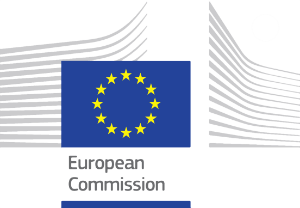The aim of this good practice is the promotion of a cultural heritage product, in this case the ReInHerit Travelling and Digital Exhibitions, through the involvement of the main target group in an evaluation process for the improvement of the product before its launch and also in its promotion. The Best Practice took place face-to-face at the premises of the Museum of Cycladic Art in Athens, Greece but the activity can be easily performed through an online platform as well, such as Zoom. Since the Best Practice focuses on ReInHerit’s exhibitions, students from the History and Archaeology Department of the National and Kapodistrian University of Athens were selected due to their relevance with the subject. The students were accompanied by their Museology professor who also participated actively in the discussion. To facilitate the discussion, it is recommended to have between 20 to 30 participants. The workshop was divided into two parts. The first part was a theoretical one with presentations by museum staff actively involved in the preparation and organization of the exhibitions and a Q&A session after the end of the presentations. In the second part of the workshop, students were split into smaller groups. They were asked to discuss different aspects of the exhibitions, brainstorm, take notes and record their answers and feedback. The students produced both written notes and audios. The topics discussed with the students were how to bring the exhibitions closer to the younger generations, make them more appealing through new technologies and how social media and TikTok can play an important role for increased younger audience engagement. The relevance of the exhibition themes to their everyday lives was also discussed along with how clear and appealing the concept and its means of presentation are to them. This co-creation workshop, the materials and its methodological framework are just an example to follow the flow of the activity. All the material and the equipment could be transferred to different thematic areas and topics, and this is one of the essential assets of this co-creation workshop which focuses on active involvement of the main target group of a product of the cultural sector during its development phase. It could be helpful to organize this event in collaboration with a relevant university department to increase the impact and interdisciplinarity and also enrich the participants’ knowledge in a relevant subject. As mentioned above, the Museum of Cycladic Art collaborated with undergraduate students of History and Archaeology from the National and Kapodistrian University of Athens.
The first step is for the organizers to present the cultural heritage product and its framework of development in a clear and concise manner. Then, the organizers will need to clearly define what is expected from the students and make sure that everyone understands the value of their contribution.
The next step is to ask from students to split into four or five groups that they will form as they like, depending on the total number of attendees, so that everyone can actively contribute in the activity.
All students will be provided with writing material, and it will be ensured that there are no noise and distractions. It is important that the co-creation workshop is implemented without the intervention of their professor. This way, they will feel free to participate intuitively and without feeling that they are being evaluated for their answers as part of a university assessment. The comments and answers of the participants will be recorded through notes and audio recordings which they will produce and share with the organizers themselves.
Photos and videos can be taken, with the consent of all participants, and later being promoted on the social media of the host organization. This is also one of the assets of this best practice as it leads to the involvement of the main target group in the development of an end product through feedback and evaluation and at the same time it raises awareness on it, attracting the targeted community and spreading the word.
At the end of the activity, the participants will be asked to present the main conclusions of each group and also make suggestions.

